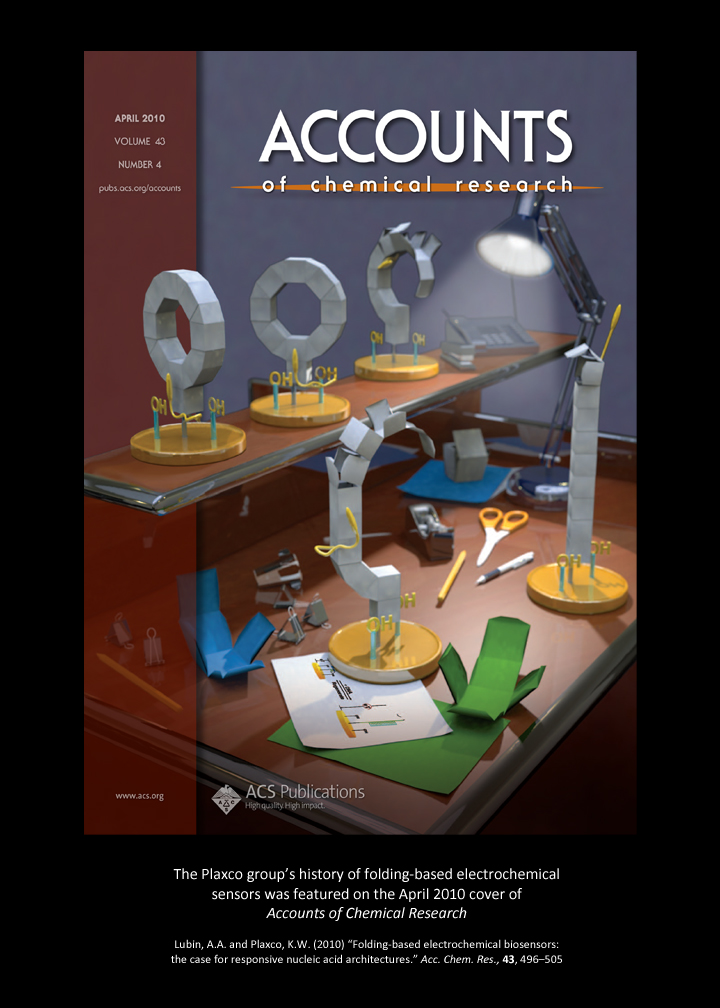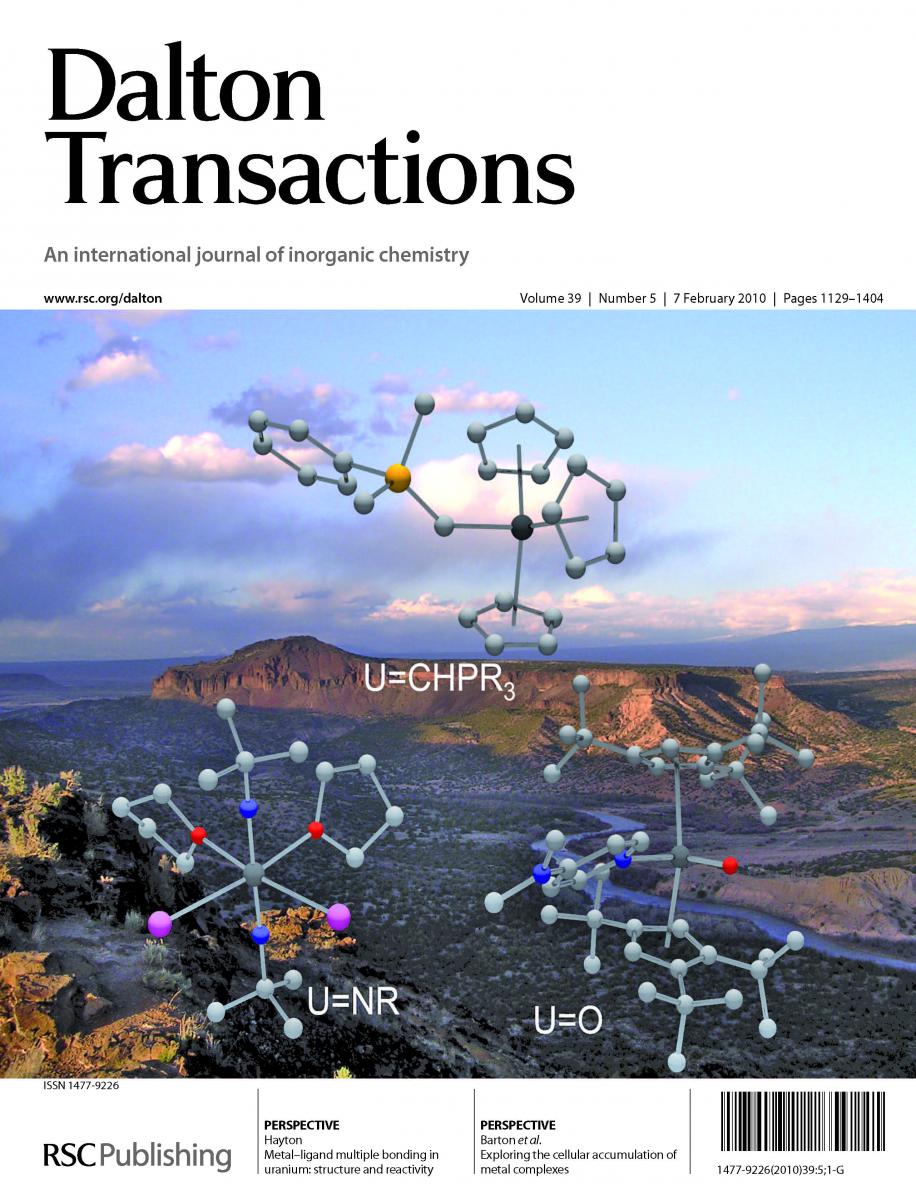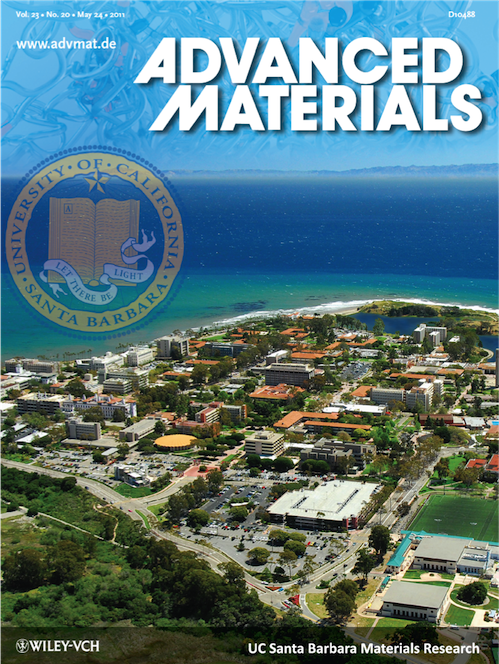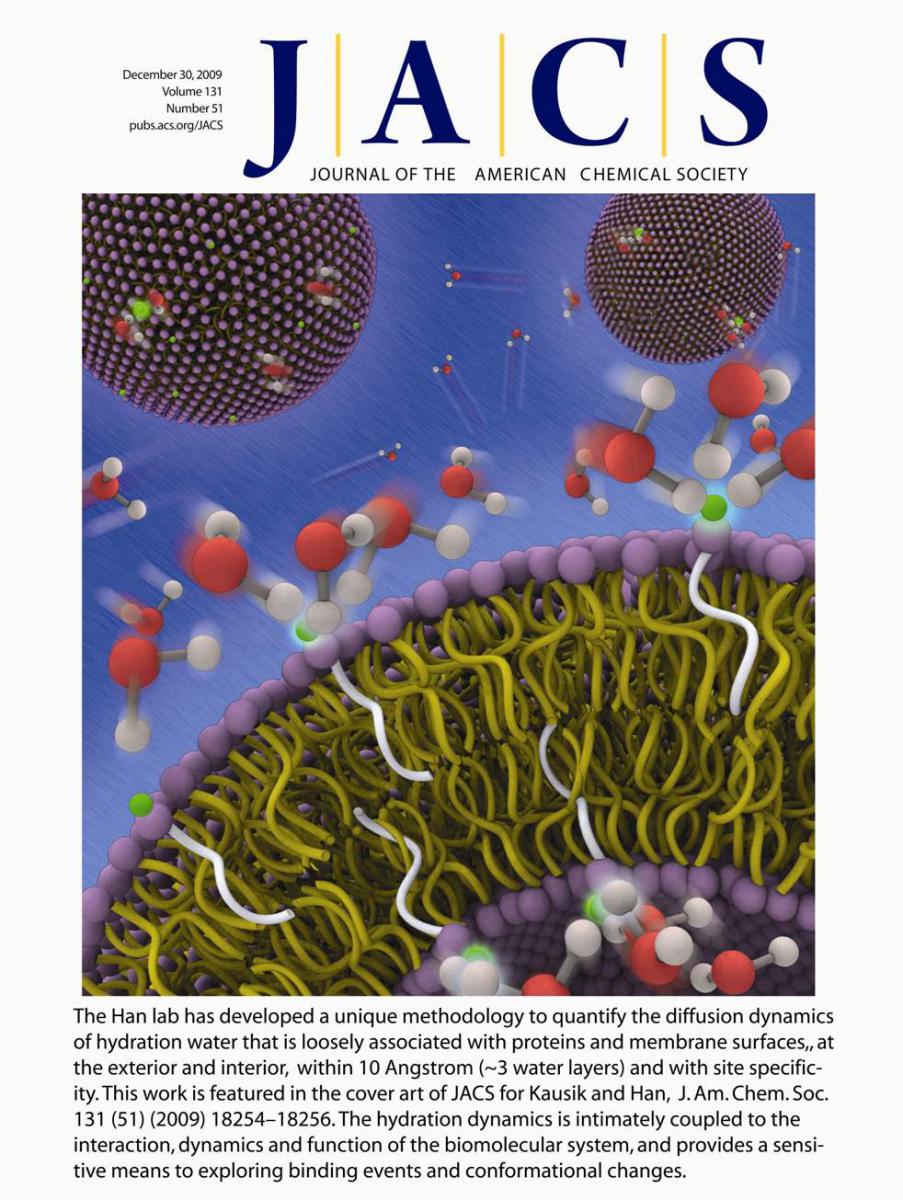Traditional Research Areas
Research in our department spans all the traditional chemistry subdiciplines, including Organic, Inorganic, Materials, Physical, Theoretical and Computational chemistry, and Biochemistry.
Organic & Bioorganic
The organic chemistry research area of the Department of Chemistry and Biochemistry at the University of California at Santa Barbara is a center for cutting-edge research vigorously preparing students for future careers in organic and bioorganic chemistry. Ongoing research spans all the major areas of organic chemistry and encompasses a variety of topics such as enzymatic processes, synthesis of biologically important natural products, new asymmetric methods, novel organometallic catalyst development, and much more.
Faculty: Aue, Bazan, Bruice, Butler, Hawker, Lipshutz, Little, Pettus, Read de Alaniz, Wudl, Yang, Zakarian, Zhang
Inorganic & Organometallic
The inorganic chemistry research area of the Department of Chemistry and Biochemistry at the University of California at Santa Barbara performs cutting-edge research that spans the entire inorganic disipline. Ongoing research encompasses inorganic and organometallic synthesis, inorganic materials, mesoporous materials, nanomaterials, bioinorganic chemistry, surface chemistry, catalysis, and magnetism. These topics lie at the heart of energy science, making our division the front line in our quest to build a new energy economy.
Faculty: Abu-Omar, Bazan, Butler, Ford, Greene, Hayton, Ménard, Scott, Seshadri, Stucky, Wilson
Materials Chemistry
Material chemists focus on the design, synthesis and properties of new multi-molecule arrays such as plastics, thin films and surfaces. The materials chemistry research area of the Department of Chemistry and Biochemistry at UCSB is a hotbed of innovation in materials research. This research area benefits from a collaborative environment and world leaders in the fields of organic electronics and biomolecular applications. Institutions such as the Materials Research Laboratory (MRL), Center for Polymers and Organic Solids (CPOS), and California NanoSystems Institute (CNSI) offer state of the art instrumentation and a forum for collaboration between groups. Details on the coursework in the materials area can be found here.
Faculty: Bazan, Bowers, Hawker, Jaeger, Kirtman, Metiu, Nguyen, Plaxco, Read de Alaniz, Reich, Sepunaru, Scott, Stucky, Vlcek, Wudl
Physical Chemistry
The physical chemistry research area of the Department of Chemistry and Biochemistry at UCSB is home to talented scientists whose work spans a broad range of topics and disciplines, including mass spectrometry, catalysis, spectroscopy across the electromagnetic spectrum, nanomaterials, biophysics, and theoretical chemistry. Students in the physical chemistry research area have the opportunity to gain valuable training and experience through their coursework and especially in an extensive choice of cutting edge research programs.
Faculty: Bowers, Brown, Buratto, de Vries, Greene, Han, Kirtman, Metiu, Moskovits, Nguyen, Plaxco, Sepunaru, Scott, Shea, Vlcek
Theory & Computation
The theoretical chemistry group at UCSB is interested in a wide variety of fields ranging from the electronic structure of small molecules and polymers to developing methods for simulating quantum and statistical dynamics to surface science and to biochemistry at both the molecular and cellular level. The unique interdisciplinary nature of the UCSB campus coupled with the presence of the Institute for Theoretical Physics (ITP) and strong theoretical programs within the chemistry, physics and engineering departments on campus makes for an incredibly diverse and vibrant theoretical chemistry community at UCSB.
Faculty: Aue, Brown, Fredrickson (Dept. of Chemical Eng.), Kirtman, Metiu, Peters, Shea, Vlcek
Biochemistry & Biophysics
The biochemistry research area of the Department of Chemistry and Biochemistry at UCSB offers a wide range of research possibilities. Common themes encompass enzyme structure-function studies, RNA folding and modification, transcriptional regulation, epigenetics, membranes and membrane proteins, bioinorganic chemistry, protein folding, molecular motors, biomaterials and biomolecular engineering. Experimental and computational methods employed in the department span the range of modern approaches, including rapid kinetic analysis, diverse spectroscopy techniques (e.g., CD, UV, NMR), biomolecular structure determination (NMR and X-ray), AFM, mass spectrometric analysis and the full gammet of computational techniques.
Special note to students interested in biological topics. The graduate program in Chemistry and Biochemistry has strong ties to the campus-wide Program in Biomolecular Sciences and Engineering (BMSE). This combination provides a rich intellectual environment for interdisciplinary research in physical and chemical approaches to biological problems. Students and faculty from both programs collaborate and intermingle frequently in research labs, courses, and seminars. Students interested in studying topics related to biology through our department are encouraged to also explore the course offerings, seminar series, and faculty affiliated with BMSE. In addition, students in Chemistry and Biochemistry may participate in a Bioengineering Ph.D. emphasis offered through the Center for BioEngineering, which offers additional courses and seminars.
Faculty: Bowers, Brown, Bruice, Butler, Chen, Dahlquist, de Vries, Greene, Hai, Han, Hanein, Jaeger, Kahn, Little, Parsons, Plaxco, Reich, Sepunaru, Shea, Waite 







